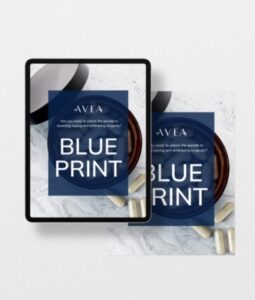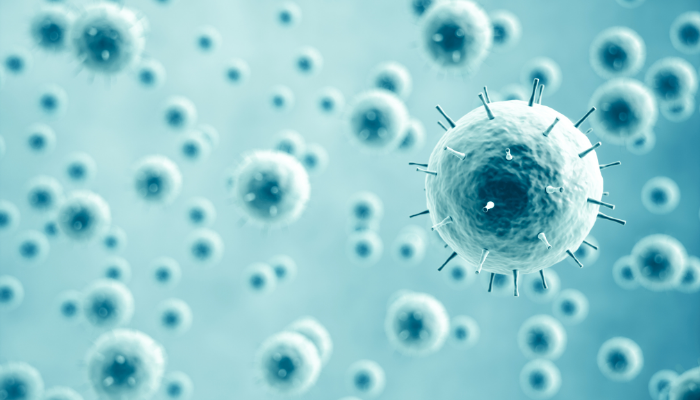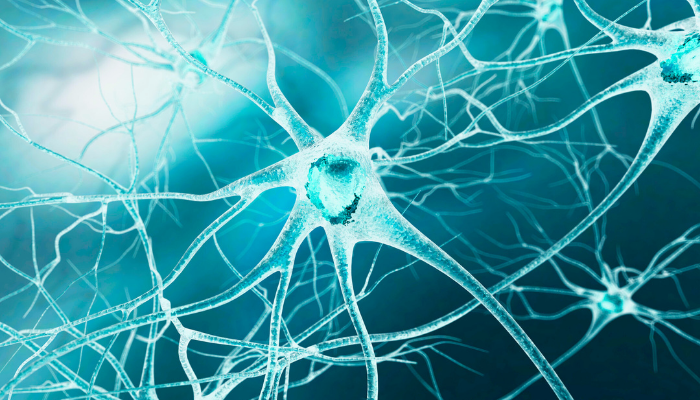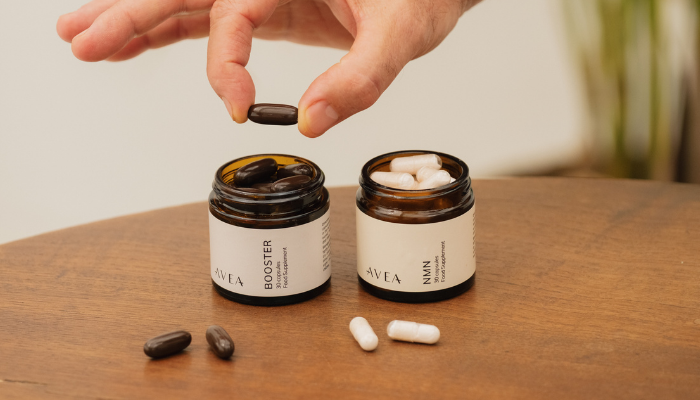Ever wondered how people showered during ancient times? From the icy rivers that served as the first ‘showers’ to the Spartan warriors preparing themselves for battle with freezing cold baths, the use of cold for health and recovery is a tale as old as time.
This ancient practice has evolved from these rudimentary beginnings into a sophisticated health and wellness technique. Utilising cold in its various forms – ice, cold water, and frigid air – cold therapy has become renowned for its ability to draw heat away from the body, lower core temperatures, and modify blood flow.
But what truly lies behind this chill? Can immersing yourself in cold really unlock a path to better health and potentially a longer life?
In this article
Free guide to reverse your biological age

- Master the science of rejuvenation.
- Apply proven tips to turn back the clock.
- Transform your health with top longevity specialists.
The science of cold therapy
When the human body encounters cold, a remarkable series of physiological responses is set in motion, reflecting the intense relationship between our biology and the environment.
Initially, cold exposure triggers vasoconstriction, a narrowing of blood vessels, primarily to reduce heat loss and maintain core body temperature.
This response is coupled with a significant increase in heart rate and blood pressure, as your body works to circulate blood more efficiently to vital organs.
At the same time, cold therapy sets off a neurological and hormonal cascade. The cold shock induces the release of norepinephrine, a key neurotransmitter and hormone, into your bloodstream and brain.
This surge in norepinephrine not only heightens alertness and focus but also plays a crucial role in pain reduction and mood elevation. It’s similar to a natural high, where your body finds a way to counter the discomfort of the cold with a boost in overall wellbeing.
Cold exposure has also been found to activate brown adipose tissue (BAT), a type of fat that generates heat to maintain body temperature.
The activation of BAT is linked to improved insulin sensitivity and metabolic rate, suggesting potential benefits for weight management and glucose regulation. This is particularly interesting in the context of longevity, where metabolic health is a key factor.
The hormonal response to cold therapy extends beyond norepinephrine. There’s also a notable release of endorphins, the body’s natural painkillers, which provide a soothing, analgesic effect.
This release can lead to a sense of euphoria, often reported by enthusiasts of cold water swimming or other forms of cryotherapy.
Understanding these physiological, neurological, and hormonal responses not only demystifies the experience of cold therapy but also highlights its potential as a powerful tool for health enhancement.
From improving cardiovascular function to enhancing mental clarity and emotional well-being, the science of cold therapy offers a window into harnessing nature’s chill for our holistic benefit. Let’s see how we can benefit from cold therapy.
Types of cold therapy
There are different ways to reap the benefits of cold therapy. These range from simple practices that can be incorporated into daily routines to more specialised techniques requiring specific equipment.
1. Cold showers
One of the most accessible forms of cold therapy, cold showers can be easily integrated into daily life. Starting with lukewarm water and gradually decreasing the temperature allows the body to acclimate to the cold. Regular cold showers are known to invigorate the body, potentially boosting circulation and the immune system. They are also lauded for their ability to improve mental alertness and resilience.
2. Ice baths
Popular among athletes for rapid recovery, ice baths involve immersing the body in ice-cold water, typically at temperatures around 10 to 15 degrees Celsius. This method is particularly effective for reducing muscle soreness and inflammation following intense physical activity.
The extreme cold of an ice bath provides a more intense exposure compared to a cold shower, offering profound effects on muscle recovery and systemic inflammation.
3. Cryotherapy
Cryotherapy, often performed in specialised chambers, exposes the body to extremely cold, dry air for a short duration, typically between two to four minutes. Temperatures in these chambers can plummet as low as -110 degrees Celsius.
This method is believed to reduce inflammation, relieve pain, and enhance overall well-being. Cryotherapy is also being explored for its potential benefits in skin conditions and chronic diseases.
4. Outdoor cold water swimming
Swimming in natural cold water bodies, such as lakes, rivers, or the ocean, offers a unique experience that combines physical and mental benefits. This form of cold therapy not only challenges the body’s thermal regulation but also provides a natural and exhilarating environment that can enhance mood and mental clarity.
5. Ice water facials
A targeted form of cold therapy, ice water facials involve applying ice or dipping your face in ice-cold water. This method soothes acne, reduces puffiness, tightens skin, and enhances skin radiance. Ice water facials are an accessible skincare routine addition, offering a refreshing and invigorating boost to facial health.
Benefits of cold water therapy
1. Immune system
One of the most notable benefits of cold water therapy is its ability to strengthen the immune system. Regular exposure to cold water has been shown to increase the production of white blood cells, which play a crucial role in fighting off infections and diseases. This immune-boosting effect can be attributed to the body’s attempt to react to the sudden change in temperature, a natural response that fortifies the body’s defence mechanisms.
2. Improved circulation
The cold causes blood vessels to contract (vasoconstriction) and then dilate (vasodilation), promoting a more efficient flow of blood throughout the body. This enhanced circulation not only ensures a better supply of oxygen and nutrients to body tissues but also aids in the removal of waste products, contributing to overall better health.
3. Inflammation
Inflammation, the body’s natural response to injury or stress, can be effectively managed through cold water therapy. The cold exposure reduces blood flow to the areas of inflammation, thereby reducing swelling and pain. This is particularly beneficial for athletes or those with chronic inflammatory conditions, providing a natural and drug-free means of pain relief and inflammation management.
4. Mental health
The mental health benefits of cold water therapy are increasingly recognised. The shock of cold water triggers the release of endorphins, the body’s natural mood lifters. This can lead to a noticeable improvement in mood and a reduction in stress levels. Regular practitioners often report a heightened sense of mental clarity and an overall improvement in their mental well-being. This therapy can also be a powerful tool in combating conditions like depression and anxiety.
Cold therapy and longevity
In terms of longevity, cold water therapy may have a positive impact on various biomarkers associated with ageing.
Improved circulation and reduced inflammation can contribute to better overall health, potentially slowing down processes associated with ageing. Chronic inflammation is one of the hallmarks of ageing (Discover the 12 hallmarks of ageing).
The stress-induced activation of the body’s defence mechanisms through cold exposure (a process known as hormesis) may lead to increased resilience at the cellular level, potentially enhancing longevity.
While more research is needed to fully understand the extent of these benefits, the existing evidence suggests that cold water therapy could be a key player in the pursuit of a longer, healthier life.
Cold therapy vs hot therapy
On the other hand, hot therapy involves applying warmth to your body. This can be done typically through hot baths, saunas, or heating pads. It encourages vasodilation, increasing blood flow to the treated area.
This improved circulation helps relax tight muscles, alleviate muscle spasms, and is soothing for chronic pain or stiffness. Hot therapy is often used for relaxation, stress relief, and to aid muscle recovery a few days after intense workouts or injuries.
In many cultures, particularly in Nordic and Eastern European countries, the practice of alternating between a sauna (hot therapy) and a cold bath or shower (cold therapy) is common.
This method, known as contrast therapy, stimulates blood flow and lymphatic drainage, which can accelerate the body’s natural recovery processes.
The sudden shift from hot to cold and back creates a pumping action in the capillaries and muscles, enhancing circulation and reducing muscle soreness.
This contrast therapy is especially beneficial for treating overuse injuries, chronic pain conditions, and improving overall bodily recovery.
The Wim Hof Method and cold therapy
The Wim Hof Method, pioneered by Wim Hof, also known as “The Iceman,” is a unique combination of cold therapy, breathing exercises, and meditation. Hof’s method has gained international recognition for its simplicity and the profound impact it can have on the body and mind.
Wim Hof’s techniques
The core components of the Wim Hof Method include:
- Controlled breathing: This involves a series of deep, rhythmic breaths – inhaling deeply and exhaling without force. The aim is to saturate the body with oxygen, which can result in a tingling sensation or light-headedness, but leads to a heightened state of alertness.
- Cold exposure: Cold therapy is integral to the method, typically involving cold showers or ice baths. The practice starts gradually, from short exposures to cold showers, eventually building up to more prolonged and intense cold immersion.
- Mindset and meditation: Wim Hof emphasises the importance of focus and meditation, teaching techniques to maintain a calm and steady mindset in the face of physical stressors like cold exposure.
Claimed benefits
Practitioners of the Wim Hof Method report a variety of benefits, both physical and mental:
- Improved immune response: Studies have shown that individuals practising the Wim Hof Method can control their autonomic immune response, potentially providing resistance to certain diseases.
- Increased energy: The breathing techniques increase oxygen levels, which can lead to enhanced energy and vitality.
- Stress reduction: The method’s meditative aspects, combined with controlled breathing and cold exposure, are claimed to reduce stress and improve emotional resilience.
- Enhanced endurance: Regular practice is said to improve physical endurance and mental fortitude, helping individuals push beyond their usual limits.
- Better pain management: Cold exposure is known to reduce inflammation and pain, which is a key component of the method.
The Wim Hof Method stands out for its holistic approach to health and well-being, combining the benefits of cold therapy with breathing and mental focus techniques.
This method not only challenges the body but also teaches the mind to remain calm and resilient in the face of discomfort, embodying a powerful practice for overall health improvement.
Practical application and personalisation of cold therapy
Incorporating cold therapy into your daily life can be a revitalising addition to your health and wellness routine. To effectively and safely integrate this practice, it’s essential to consider your personal health status, goals, and preferences.
1. Incorporating cold therapy into daily life
- Start gradually: Begin with lukewarm water and slowly reduce the temperature over time. This gradual approach helps the body acclimate to the cold.
- Duration and frequency: Initially, limit cold exposure to 2–3 minutes only. As tolerance builds, gradually increase the duration. Consistency is key, so aim for regular sessions rather than sporadic long ones.
- Post-exercise recovery: Incorporate cold showers or ice baths after intense workouts to reduce muscle soreness and inflammation. Just remember to bring your breathing rate to normal again, so you don’t cause additional stress.
- Morning or evening routines: Experiment with timing. Some find a cold shower invigorating in the morning, while others prefer it in the evening as a way to unwind. Choose the one that fits your routine the best.
- Safety first: If you have cardiovascular issues or other health concerns, consult a healthcare professional before starting any type of cold therapy.
2. Tailoring to your needs
- Health goals: If you’re focusing on muscle recovery, ice baths might be more beneficial. If the goal is overall vitality and alertness, cold showers could suffice.
- Personal tolerance: Everyone’s response to cold is different. Listen to your body and adjust the temperature and duration accordingly.
- Age and physical condition: Younger, healthier individuals may tolerate more intense cold therapy compared to older adults or those with certain health conditions. Be realistic and listen to your body.
- Lifestyle considerations: Fit cold therapy into your lifestyle in a sustainable way. It could be as simple as a short cold rinse at the end of your regular shower.
Test your knowledge on cold therapy with Nicolas
Key takeaway
Cold therapy, with its roots in ancient wellness practices, has evolved into a diverse and sophisticated health tool. From enhancing immune function and circulation to reducing inflammation and improving mental health, its benefits are as varied as they are significant.
Personalisation and gradual integration into daily routines can make it accessible and adaptable to your needs. Looking forward, the ever-growing interest in this field promises more research, particularly into its long-term impacts on health and longevity.
As our understanding deepens, cold therapy stands poised to become an even more integral part of holistic health strategies.











